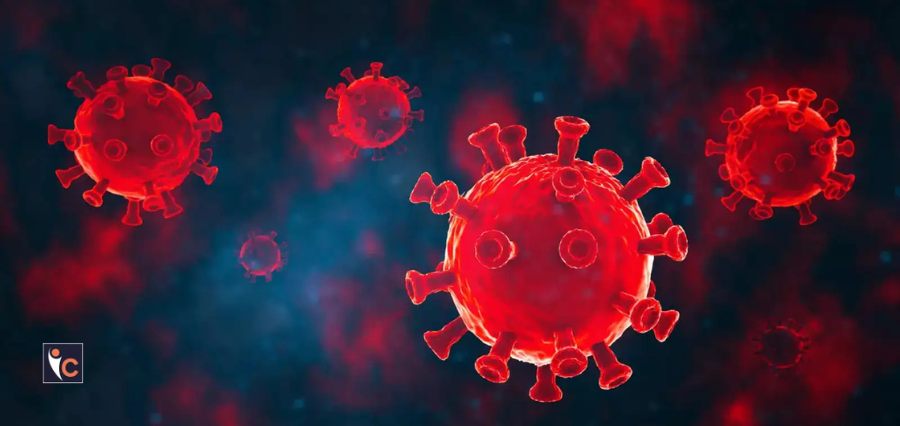Prime Highlights :
A new COVID-19 variant, NB.1.8.1, is circulating around the world but not giving health officials widespread cause for concern.
Vaccines are still effective, and there is no suggestion of increased severity with the variant, experts say.
Key Facts :
Omicron subvariant NB.1.8.1 made up 10.7% of global COVID-19 cases through April 2025.
The World Health Organization considers it a “variant under monitoring,” and not a variant of concern.
Key Background :
NB.1.8.1 is the newest COVID-19 variant that is picking up globally. It is an Omicron family sublineage and has been reported at higher prevalence in recent weeks. As of mid-May 2025, the World Health Organization reported that the variant had been detected in 22 countries and has been responsible for more than 10% of new global COVID-19 cases that were sequenced. This is a major rise from 2.5% reported in early April. Global health officials have not raised an alarm despite the increasing number of cases.
Medical professionals emphasize that the symptoms attributed to NB.1.8.1—cough, sore throat, fever, and tiredness—are comparable with previous Omicron variants. There is no evidence that this variant produces more serious disease or greater risk of hospitalization. Dr. Todd Ellerin, a specialist in infectious diseases, acknowledged that although the variant’s growth raises concern, it is premature to forecast a summer surge. Likewise, Dr. John Brownstein stressed that although the variant seems more contagious, this is not necessarily going to result in a more lethal virus.
The WHO has labeled NB.1.8.1 as a “variant under monitoring.” This classification indicates monitoring vigilance without provoking alarm at extensive public health effects. Initial analysis suggests that existing COVID-19 vaccines and booster doses remain effective with respect to the variant. However, because of certain genetic mutations, there is some possibility that treatments could be less effective, according to experts.
In the U.S., NB.1.8.1 has been found in international travelers arriving at airports in California, New York, Washington, and Virginia. But the Centers for Disease Control and Prevention (CDC) reports that the cases are still too few to impact national variant monitoring significantly. Health officials advise high-risk groups to be vaccinated up to date and consider preventive strategies such as wearing masks indoors in crowded places.
Read More – Gabe Newell’s Starfish Neuroscience to Release Minimally Invasive Brain Chips by End of 2025





